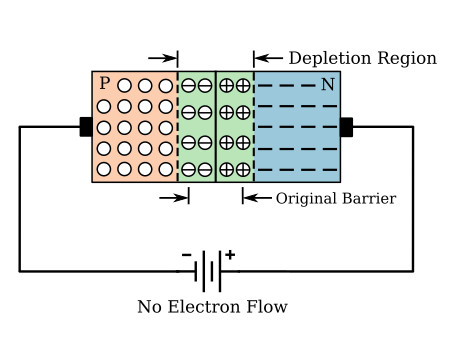

Is the predominant type of current flow in the PNP transistor, hole flow only takes place within the transistor Remember, just as in the case of the NPN transistor, this difference in supply voltage is necessary to haveĬurrent flow (hole flow in the case of the PNP transistor) from the emitter to the collector. Transistor must be negative with respect to the emitter, and the collector must be more negative than the base. Since the base-collector junction is always reverseīiased, then the opposite polarity voltage (negative) must be used for the collector. (N) indicates the polarity of the base voltage (negative). The PNP sequence indicates the polarity of the voltage required for the emitter (positive), and the second letter Notice that the procedure used earlier to properly bias the NPN transistor also applies here to the PNP transistor. a typical bias setup for the PNP transistor is shown in figure 2-8. To support this different type of current (hole flow), the bias batteries are reversed for This is in contrast to the NPN transistor where the majority currentĬarriers are electrons. The majority currentĬarriers in the PNP transistor are holes. However, since the emitter, base, and collector in the PNP transistor are made of materials that are differentįrom those used in the NPN transistor, different current carriers flow in the PNP unit. The PNP transistor works essentially the same as the NPN transistor. What percentage of current in an NPN transistor reaches the collector? In the NPN transistor, what section is made very thin compared with Why is conduction through the forward-biased junction of an NPN transistor primarily in one direction, What polarity voltage is applied to the collector, and what is its relationship to the base voltage? In conclusion, the relatively small emitter- base biasĬontrols the relatively large emitter-to-collector current. Of collector current than it will have on base current. Receives most of this current, a small change in emitter-base bias will have a far greater effect on the magnitude The amount of current leaving the emitter is solely a function of the emitter-base bias, and because the collector In simple terms this means that the emitter current is separated into base and collector current. Total current is base current (I B) while the remaining 95 to 98 percent is collector current (I C).Ī very basic relationship exists between these two currents: Usually no more than 2 to 5 percent of the The other hand, since the base is very thin and lightly doped, a smaller percentage of the total current (emitterĬurrent) will flow in the base circuit than in the collector circuit. Therefore, in terms of percentage, I E is 100 percent. NPN transistor is through the emitter lead. Increase the chance of collecting carriers that diffuse to the side as well as directly across the base region,Īnd (2) to enable the collector to handle more heat without damage. Module 7 − Introduction to Solid−State Devices and Power SuppliesĮfficiency of the transistor, the collector is made physically larger than the base for two reasons: (1) to


 0 kommentar(er)
0 kommentar(er)
